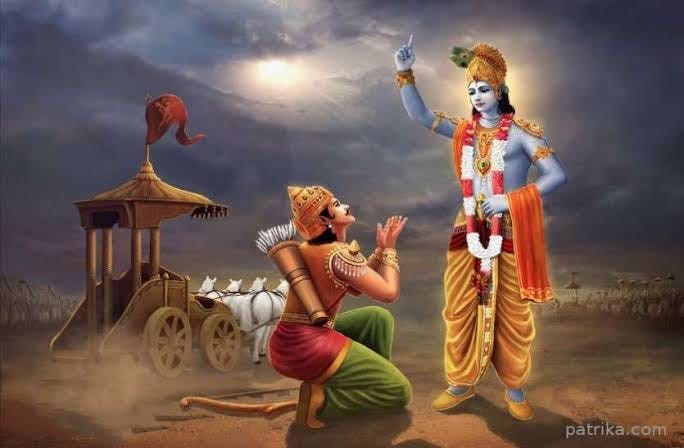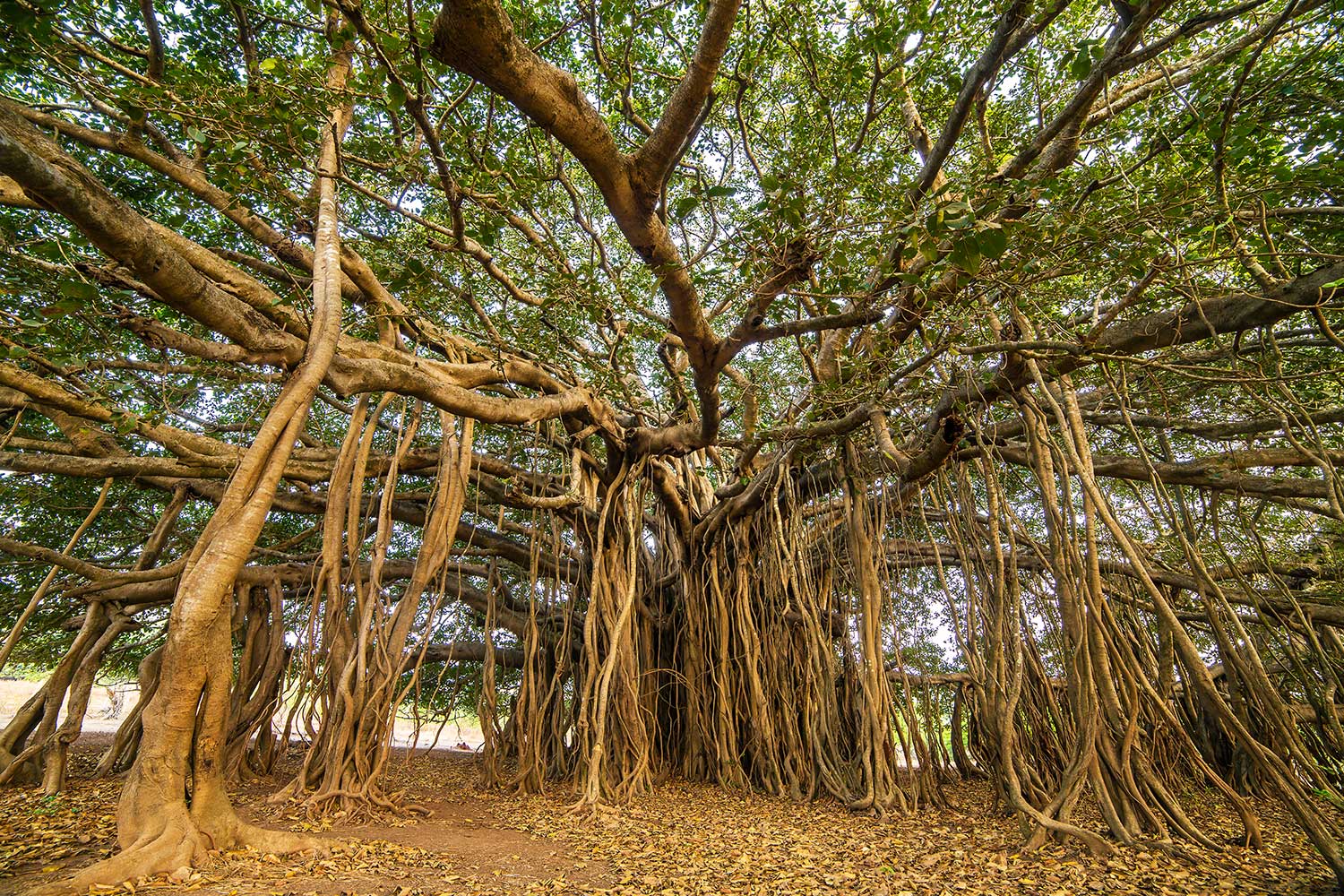
"When meditation is mastered, the mind is unwavering like the flame of a lamp in a windless place." – Bhagavad Gita 6.19

In previous articles, we have already explored how Sanatana Dharma originated and gradually led to the birth of a completely new religion.
In this chapter, we delve into the inclusive essence of Santana Dharma, embracing the universal consciousness that resonates amongst the faiths of the billions of people in this world. Whether it is the compassion in Buddhism, the oneness of God in Islam, the concept of non-violence in Jainism, the love and forgiveness taught in Christianity, the formless God of Judaism or the absence of any God at all in Atheism, the great Banyan Tree of Sanatana Dharma offers refuge to every single one of these truths and harmonises gracefully, making a variety of strong branches and trunks that encompass the primaeval and primordial truths of the universe.
Sanatana Dharma is inherently liberal and therefore won’t contradict any of your personal religious beliefs. For example, in a family, a mother may worship Brahman (the ultimate divine unchanging reality in Sanskrit) on an impersonal level (the belief that this transcendent force has no attributes, qualities or distinctions and is beyond human comprehension), the father may worship Brahman on a personal level (worshipping certain manifestations of Brahman). On the other hand, the daughter may not believe in Brahman at all but instead tries to find divinity within herself. Sanatana Dharma encapsulates all these very different schools of philosophy and much more.
In Sanatana Dharma, we have around 333 million (we do not really know, as some sources say 30 million, 33 million, 330 million and 300 million - even here you are free to believe whatever you want to) distinct Gods/forms of the Supreme Personality. Sanatana Dharma has often been compared to the great Banyan Tree revered in India.
Sanatana Dharma is a religion that allows people to practise regardless of their faiths or beliefs (atheist, agnostic, Christian, Jew, Muslim, Buddhist, Hindu, etc.). A religion that requires no identification - no ecclesiastical papacy or possession of a certain item to prove that you are a part of the religion. A religion that does not require you to pray five times a day or mandates you to complete any type of pilgrimage. A religion that requires no conversion process because the pervasive philosophy of this religion is readily available to all, only if one endeavours to search for it.
A tree that shelters miles and miles of shrubs and species under its canopy with drooping crimson reeds. These eventually implant themselves in the rich, nourished ground, aided by the original tree, and form a new trunk. This strongly supported tree becomes so expansive soon enough with so many trunks that it is nearly impossible to find the humble beginnings of a small banyan sapling. Over millennia and millennia, Santana Dharma has alone sprouted into a great multitude of diverse perspectives that have influenced the major world religions, and it is impossible to trace its inception.
In contrast to other religions’ notion of God, Sanatana Dharma has a slightly different view of God. God can be conceived in a plethora of ways to a Sanatani. He transcends time, space, creation and destruction. He has no beginning or end. God is formless, omnipresent, omnipotent, omnibenevolent and omniscient (like in other religions) but at the same time can be denoted as a form so that it is easier to connect to this higher energy and because he can reside in any form he wishes.
In the same way that one may possess pictures of their family and loved ones in their house or wallet to remember them, using an idol does not mean that the idol is necessarily God, but a medium through which it is easier for one to connect to God. This is often misunderstood, and it is one of the ways that Hinduism and Sanatana Dharma were set up as regressive, illogical religions. In this manner, the concept of God in Sanatana Dharma is simpler and more complex at the same time.
The aspects of Brahman that you wish to imbibe can usually be found in a deity. This deity that you worship is called one’s Ishtadeva. Some of these main Ishtadevas are Krishna, Shiva and Shakti Maa, constituting different Santana Dharma sects such as Shaktism, Vaishnavism and Shaivism. It is often said that the ‘guna’ or qualities of your Ishtadeva also transfer with your increasing devotion towards them. These multiple branches carry slightly varied perspectives on topics such as creation, the nature of the universe, the path to liberation and certain stories.
Within these multiple divisions, we can find several similarities to the world religions and may possibly even be the origin of these religions. As we saw earlier, there is significant proof that the second mass migration of the world took place from India around 55,000 years ago. The documentation of such migrations in the Rig Veda, which is the basis of Sanatana Dharma, also hints that such culture was being practised around the time as well. However, this was more likely to be a word-of-mouth event than a shred of evidence for the documentation of the Rig Veda 55,000 years ago. The more probable date is around a minimum of 8,000 years ago, as the Rig Veda describes the Saraswati River in its prime form, and the Saraswati River dried up around 3000-5000 BCE, so the river was probably in its prime form around 6000 BCE, taking into consideration the time it dried up. While the defeated kings moved outwards with their subjects, they did not leave their root culture. As they journeyed further eastwards, the two cultures’ beliefs developed slightly diversely, which meant a difference in the ideologies of the two faiths to a certain degree over time. The movement of people towards the west continued more fervently with the coming years by the drying of the Saraswati River which led to the downfall of the Indus Valley Civilisation (or Saraswati Civilisation) and the population inhabiting that area to relocate within an area where water was readily available: the Ganges and other main rivers of India or the Tigris-Euphrates in Sumeria.